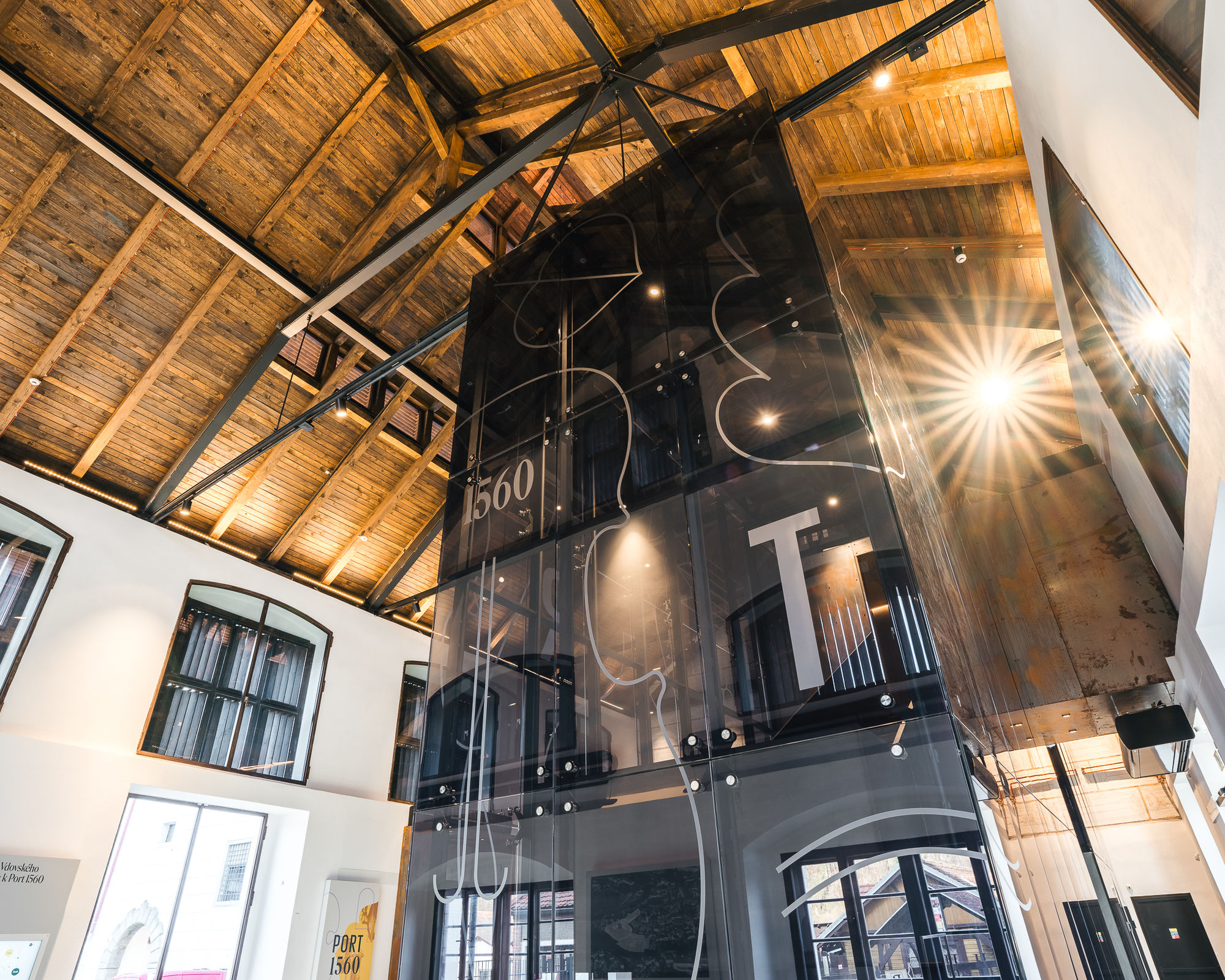Renovated industrial sites place art in new contexts

As society and the world around us evolve, the contexts in which we can encounter art often change. This approach not only gives new life to old factories, warehouses or even breweries, it also changes the way the public interacts with art. And we have private collectors to thank for this.
London’s Tate Modern is perhaps the most famous example of the transformation of a former factory into a gallery presenting world-class art. Herzog & de Meuron are the architects responsible for other similar projects in New York. They share a sensitivity to preserving the building’s industrial character while creating a new context for presenting and interpreting art. Moving art from traditional galleries to industrial buildings or public spaces changes the dynamics of the interaction between the viewer and the artwork. At the same time, gallery spaces are also expanding into social centres providing an outlet not only for art lovers, but also for history and gastronomy. A similar approach is common in many other countries. Recently, it has also been gaining ground in the Czech Republic.
Here we can find a number of recently developed sites that have been given a new life by their owners and managers and have thus become places with an unusual atmosphere. Such is the case of the Port1560 social and cultural centre in Český Krumlov, which was opened to the public in spring this year. The extensive, historically and architecturally unique area of the former brewery has been carefully restored through cooperation of the investor and a passionate art collector with the National Heritage Institute, thereby offering another attractive option to all those who visit the popular tourist town of Český Krumlov.
The exhibition is composed of several parts, one of which is dedicated to the history of brewing, including a very interactive form that combines the world of technology and art. In the gallery, various graphic techniques are presented and visitors can try them out for themselves. The exhibition in the Palace of Anne of Rogendorf covers the life of the bourgeoisie at the end of the 19th century. This exhibition takes us back to the period in which the original industrial sites emerged – the time of the Industrial Revolution, which was associated with a society-wide change, including a new perception of culture and the transformation of leisure time.
Modernism stimulated an increased interest in the visual arts among the emerging middle class of wealthy bourgeoisie. This led to the formation of a completely new category of private collecting, which is still present today. Many collectors founded art societies, financed exhibitions and supported local artists. In this way, they not only contributed to the development of cultural heritage, but also consolidated their influence within society. These associations then laid the foundations for public institutions. The National Gallery in Prague was founded by the private collection of the Society of Patriotic Friends of Art. The Technical Museum in Prague, on the other hand, arose from the initiative of patron Vojtěch Náprstek, who was inspired by the exhibition of the Museum of Decorative Arts and Technology in Kensington during his visit to England.
It is more than obvious that the activities of private collectors have been crucial to the development of the cultural sector in the past, and this is still the case today. If it weren’t for enlightened patrons, there wouldn’t be an interesting industrial site in almost every corner of the Czech Republic, offering artistic experiences and other leisure activities.